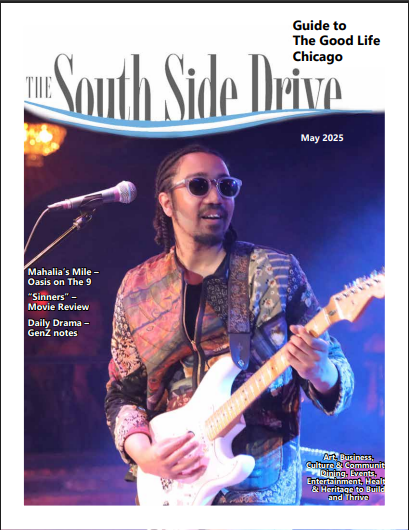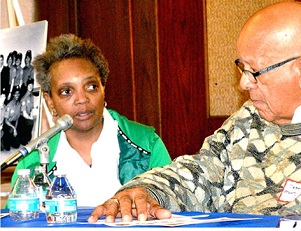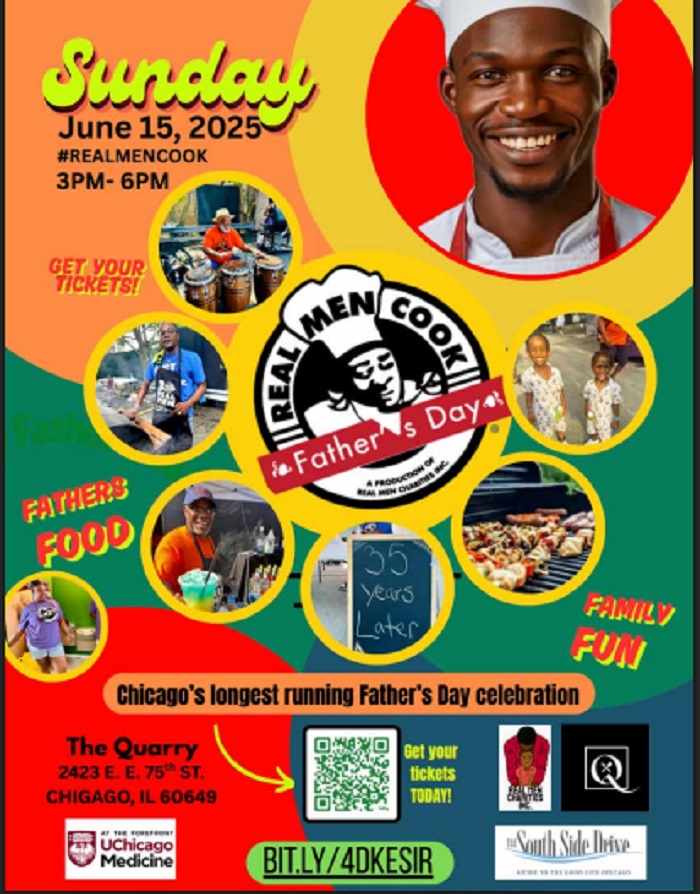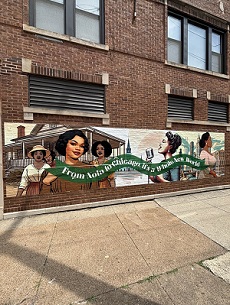In March 2018, members of the Mayor Harold Washington Legacy Committee, which is chaired by Josie Childs, a long-time South Shore resident, held a community forum at Bethel Church on Chicago’s South Side. The purpose of the meeting was to conduct an inter-generational dialogue between members of the Legacy Committee (who are mostly Baby Boomers) and the Millennials. Mayoral candidates Lori Lightfoot and Cook County Board President Toni Preckwinkle were invited, and to the committee’s surprise and delight, both candidates showed up.
At one point, Candidate Lightfoot was pointedly asked, “As Mayor, what would you do to address the economic disparities on Chicago’s South and West Sides?” Ms. Lightfoot said, “I think there needs to be a ‘Marshall Plan’ to infuse dollars into the South and West Sides.”
Most people knew what the Marshall Plan was. It was the brainchild of U.S. Secretary of State George Marshall in 1948. World War II had literally devastated Western Europe, and following Marshall’s advice, the United States provided more than $15 million to help finance Europe’s rebuilding efforts. Similarly, the South and West Sides of Chicago need rebuilding after being devastated by years of segregation, discrimination, redlining, and neglect. Although the idea of a Marshall Plan for the blighted communities of Chicago would have to be approved by the City Council and then by various City departments, just the idea itself offered a glimmer of hope.
In October 2019, one year and seven months later, Mayor Lightfoot announced INVEST/South/West “to reverse decades of disinvestment on Chicago’s South and West Sides.”
Through the INVEST South/West initiative, a total of $1.4 billion will be invested into ten communities and
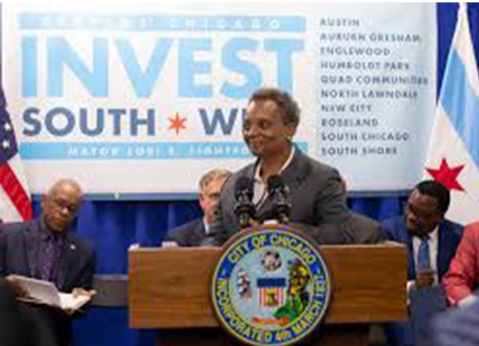
twelve commercial corridors on the South and West Sides of Chicago to create economic vibrancy within those communities by supporting amenities, small businesses, public spaces, and housing.
INVEST South/West marshals the resources of multiple City departments, community organizations, and corporate and philanthropic partners and provides support for small businesses. It creates improvements in the public realm. It will restore and refurbish historic buildings and will bring these communities back to life.
Rev. Dr. Martin Luther King, Jr. observed and once famously said that Chicago is the most segregated city in the world. That segregation remained, even after the historic Civil Rights Act, and even after Chicago was ruled for nearly five years by its first Black mayor, Mayor Harold Washington. And that segregation created two Chicagos – one with great-looking buildings, plenty of retail establishments, clean streets and safe sidewalks; and the other having unpaved streets, empty storefronts, boarded up buildings and food deserts throughout communities.
According to the plan, INVEST South/West will “leverage $250 million in existing business development and infrastructure funding from the City of Chicago’s Department of Planning and Development, the Tax Increment Financing (TIF), the Small Business Improvement Fund, and the Neighborhood Opportunity Fund programs, which support improvement projects that align with local priorities.”
The plan further states that “These investments will build on more than $500 million in planned infrastructure improvement that will provide transportation, housing, and quality of life enhancements that bolster the vitality of the corridors and surrounding blocks. This will include area infrastructure projects already allocated, such as,
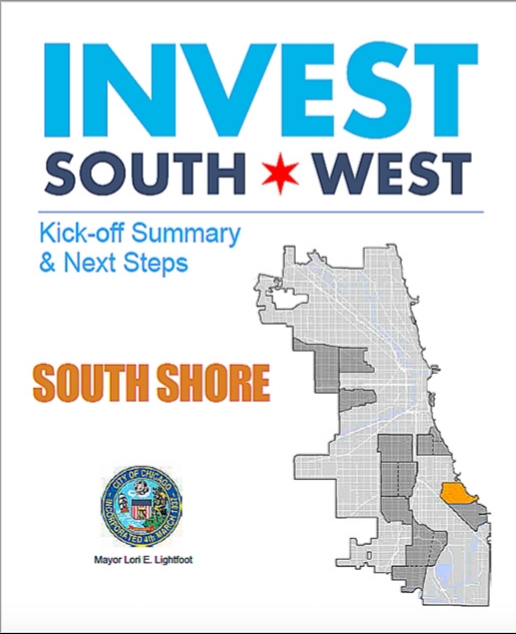
Through the Invest South/West initiative, a total of $1.4 billion will be invested into ten communities and twelve commercial corridors on the South and West Sides of Chicago to create economic vibrancy within those communities by supporting amenities, small businesses, public spaces, and housing.
‘FastTracks’ Improvements to the CTA Green Line at the Auburn Park Metra Station and a new track and field facility in Gately Park in Pullman.
INVEST South/West is investing in twelve corridors in communities throughout the city. In South Shore, the priority corridor is 79th Street from Stony Island on the west to the Metra tracks on the east.
The next steps: To send out RFP’s and choose a developer.
An outstanding, innovative plan like INVEST South/ West called for an outstanding, innovative developer. Thus, the partnership of DL3 Realty, Revere Properties and the Chicago Family Health Centers were chosen for the task. Their winning proposal, THRIVE EXCHANGE, promises to bring to South Shore a revitalized community, more jobs, affordable housing and a resultant decrease in crime. As the work begins on this, and other INVEST South/West initiatives, we look forward to the awesome future of a new and better Chicago.
